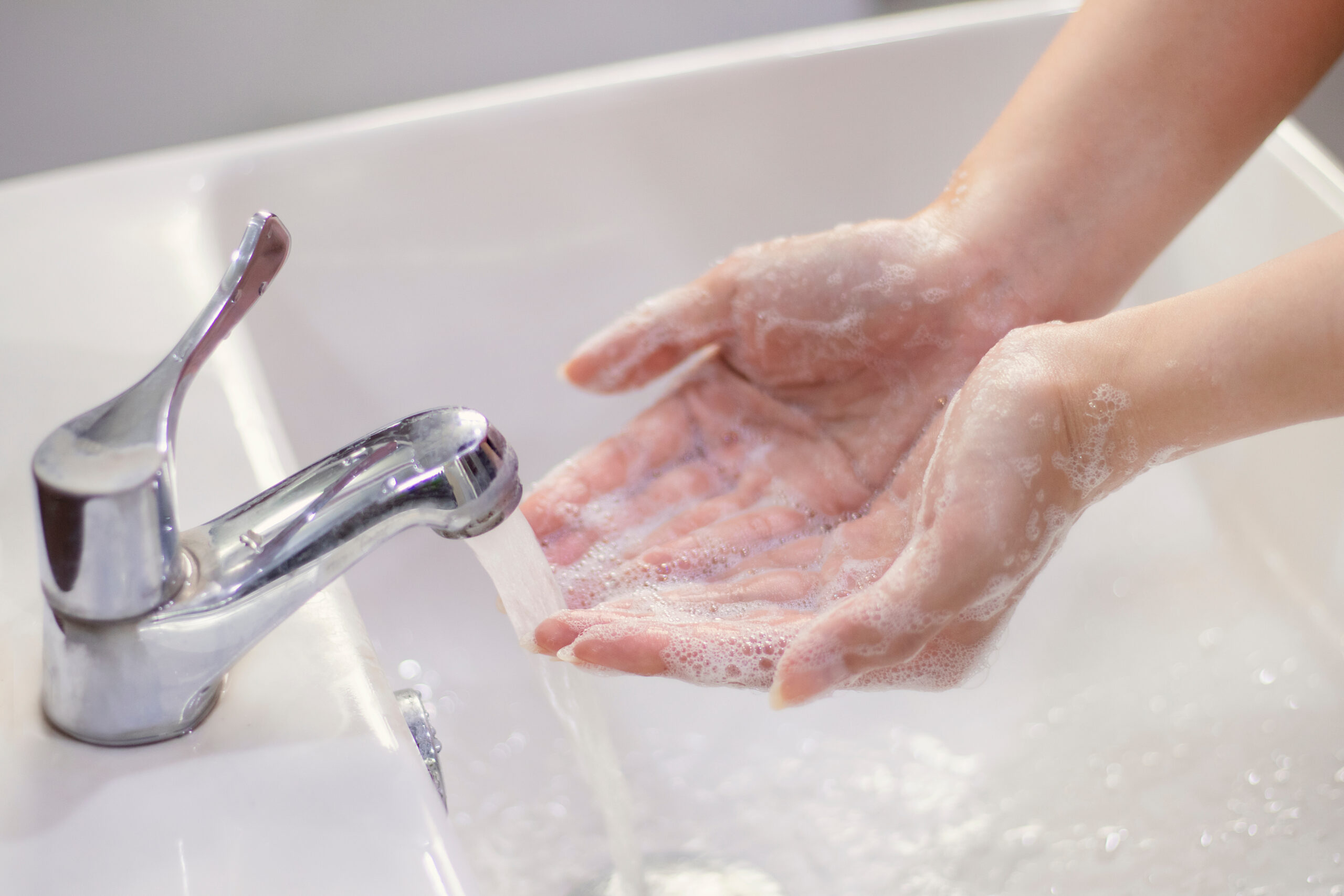Table of Contents

Handwashing, a simple act performed daily, could be the difference between health and hospitalization for millions of people worldwide, yet many still get it wrong.
At a Glance
- Proper handwashing with soap and water for at least 20 seconds significantly reduces transmission of infectious diseases including colds, flu, and COVID-19
- Nearly half of people surveyed admit to skipping handwashing at key times, with global handwashing rates after toilet use at only 19%
- Common mistakes include washing too briefly, missing parts of hands, and improper drying techniques
- Plain soap is just as effective as antibacterial varieties, while hand sanitizers should contain at least 60% alcohol when soap isn't available
The Science Behind Clean Hands
Handwashing works through a simple but powerful mechanism. Soap molecules have unique properties that help lift dirt, bacteria, and viruses from skin surfaces. When you lather with soap, these molecules surround and trap harmful microorganisms, which are then rinsed away with water. This physical removal process is remarkably effective at eliminating potential threats before they can enter your body or be transferred to others through touch.
Despite its simplicity, handwashing significantly reduces the risk of contracting respiratory illnesses by up to 21% and diarrheal illnesses by up to 40%, according to CDC data. The practice is particularly critical during disease outbreaks and seasonal flu periods when transmission rates are highest. Consistent handwashing also contributes to the reduction of antibiotic resistance by preventing infections before they require medication.
The Perfect Handwashing Technique
Effective handwashing follows a specific sequence that maximizes germ removal. Start by wetting hands with clean running water. Apply enough soap to create a substantial lather. Rub hands together vigorously, making sure to clean between fingers, under nails, and the backs of hands—areas frequently missed. Continue this process for at least 20 seconds, approximately the time it takes to hum "Happy Birthday" twice. Rinse thoroughly under running water, then dry completely with a clean towel or air dryer.
Timing matters as much as technique. Critical moments for handwashing include before and after food preparation, before eating, after using the restroom, after coughing or sneezing, after handling garbage, after touching pets, and before and after caring for someone who is ill. These situations present the highest risk for germ transmission, making handwashing particularly important during these intervals.
Common Handwashing Mistakes
Despite widespread understanding of handwashing's importance, many people make critical errors that compromise its effectiveness. The most common mistake is insufficient washing time, with most people spending just 6-7 seconds on the task instead of the recommended 20 seconds. Others fail to create adequate lather, which is essential for lifting germs from skin surfaces. Many also neglect crucial areas like thumbs, fingertips, and wrists, leaving behind reservoirs of potentially harmful microorganisms.
Water temperature is another source of confusion. Contrary to popular belief, hot water offers no advantage over warm or cool water for removing germs and may damage skin with repeated exposure. Additionally, many people skip thorough drying, not realizing that wet hands transfer germs more easily than dry ones. Finally, touching faucets or door handles immediately after washing can recontaminate clean hands, negating the benefits of careful washing.
Sanitizers: When and How to Use Them
Hand sanitizers provide a convenient alternative when soap and water aren't available, but they come with limitations. For maximum effectiveness, choose products containing at least 60% alcohol. Apply enough to cover all hand surfaces and rub until completely dry. Remember that sanitizers don't remove visible dirt or grease effectively and are less reliable against certain pathogens like norovirus, which causes stomach illness.
When supervising children using sanitizers, be vigilant about potential alcohol ingestion, which can cause alcohol poisoning. Keep sanitizers out of reach of young children and always watch them during application. For adults and children alike, soap and water remain the gold standard when available, with sanitizers serving as a backup option during situations where traditional handwashing isn't possible.
Building Better Habits
Creating lasting handwashing habits requires consistent reinforcement, especially for children. Make handwashing routine by establishing clear expectations around key moments like mealtimes and bathroom visits. For children, turn handwashing into an engaging activity by singing songs during the process or using colorful soaps. Setting a good example yourself is particularly powerful—children who see adults washing regularly are more likely to adopt the habit themselves.
When purchasing supplies, plain soap works just as well as antibacterial varieties. The FDA has determined that antibacterial soaps offer no additional benefit over regular soap and may contribute to antibiotic resistance. Focus instead on technique and consistency rather than special products. By making proper handwashing an automatic response to key situations, you create a powerful defense against illness for yourself and your community.
AD
Most Recent
AD
